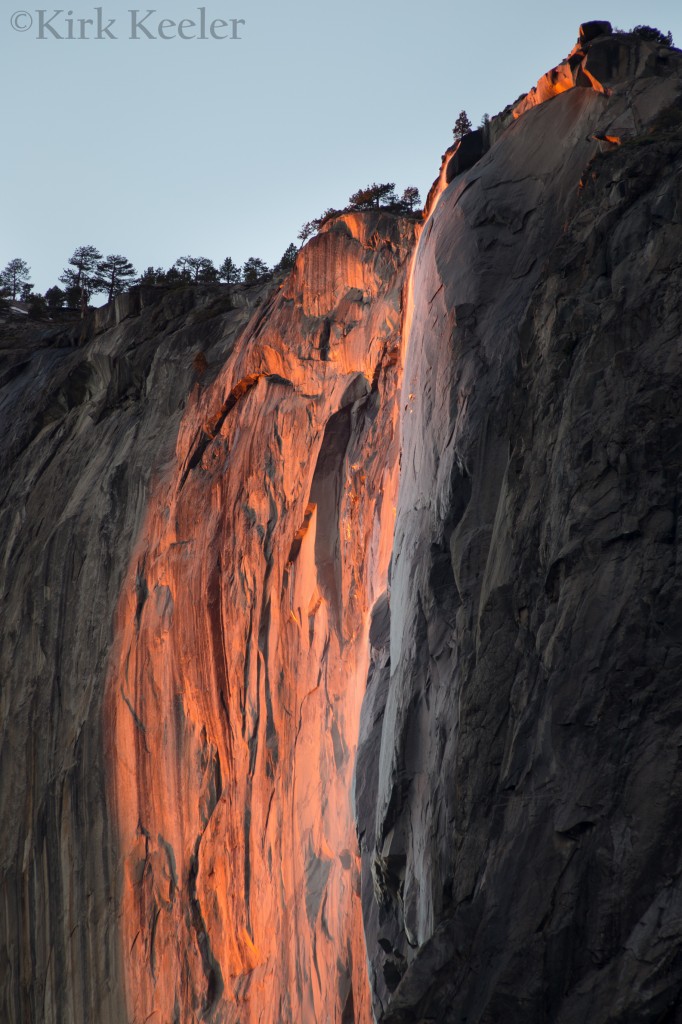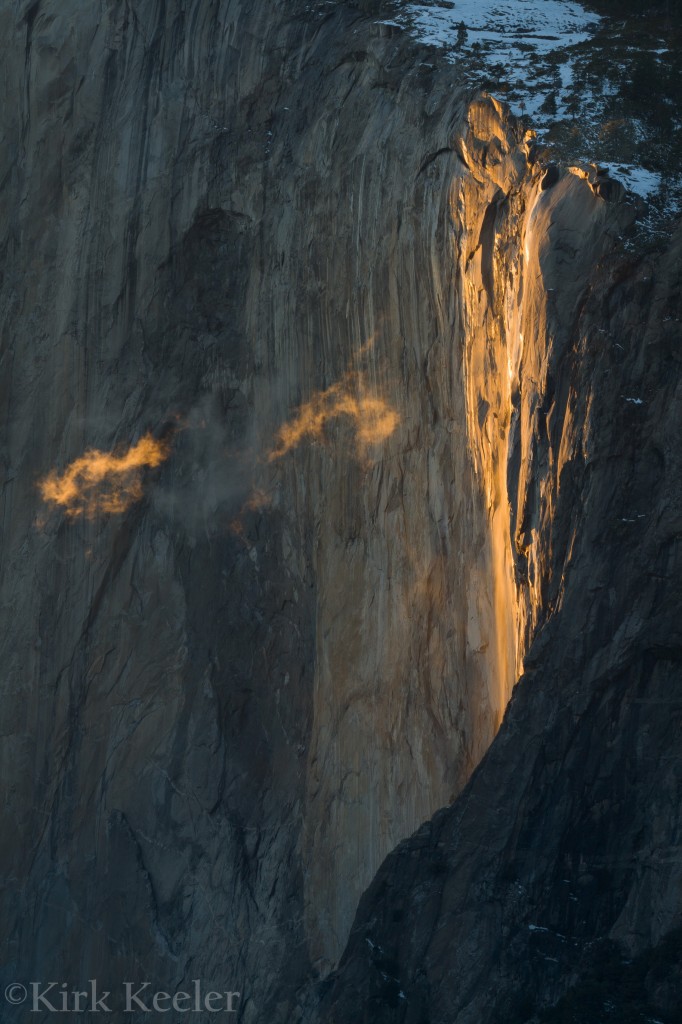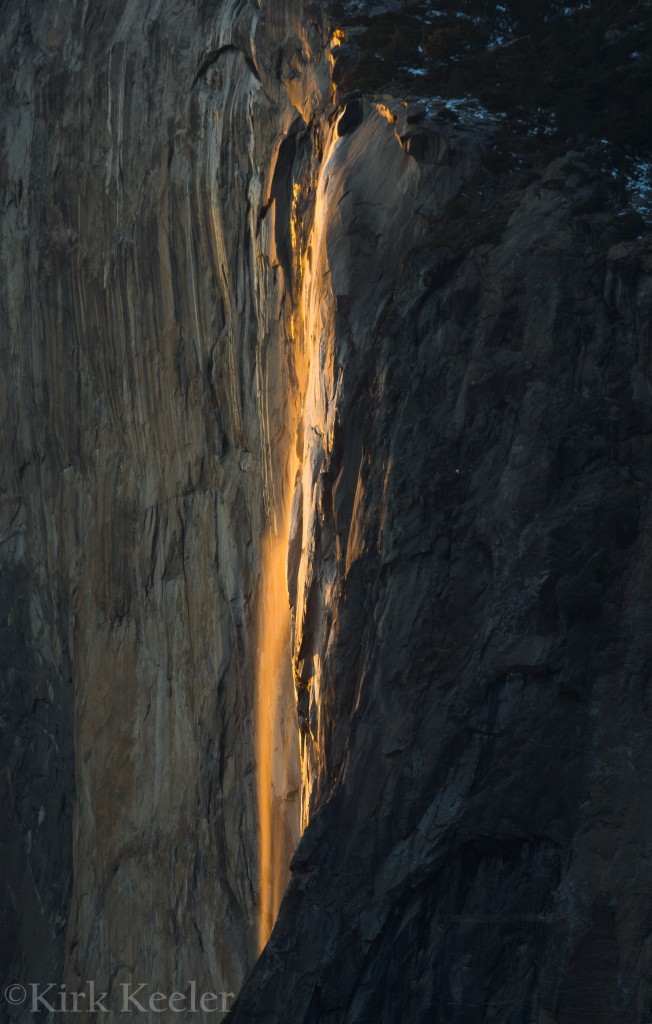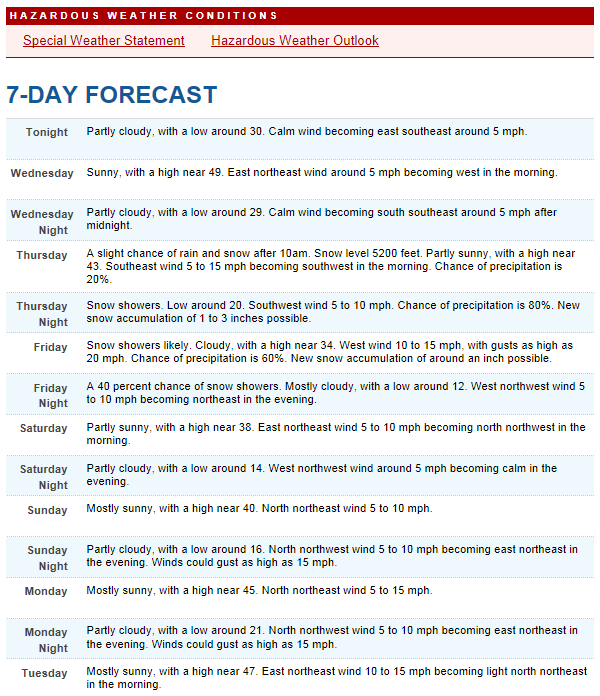Back in 1989, for Christmas, my aunt gave me a copy of Galen Rowell’s “The Yosemite”. Actually – I saw the book in a local bookstore and asked her if she could get it for me for Christmas. My guess is that there was a sigh of relief from my aunt – knowing that year’s present was going to be easier than trying to figure out the latest fashion in clothing she’d try to get for me. Needless to say, my aunt’s gift that Christmas changed my life forever. It got me into landscape photography!
Galen’s book paired his photographs alongside the energetic words of John Muir’s book “The Yosemite” – the goal to hopefully melt a pictorial inspiration with Muir’s prose. Well, it worked for me! Not only did the book inspire me to pick up a camera, but Muir’s words inspired me to want to “Climb the [Sierra] mountains and get their good tidings” and go visit Yosemite, which I hadn’t yet (I was 19).
I would pour over Galen’s book, sometimes for hours, in amazement of the beauty of Yosemite he captured through his camera. The one image that burns red in my mind from that book was his ‘Last Light on Horsetail Fall, El Capitan, 1973’. I stared at that image for what seemed an eternity the first time I saw it! “That fall is real?” I asked myself.
It took over twenty years and numerous visits to the park before I got to witness and capture Horsetail Fall through my camera. Nearly a year after I arrived to Yosemite, I nestled my camera amongst the many who showed up one night in February of 2011 to try to capture the glowing fall. Unfortunately, not all the conditions showed up to stoke up the ‘natural firefall’ – clouds to the west hid the red light at sunset and foiled all our attempts to capture red water careening down the east face of El Capitan.
In order for the orange/red glow to happen, several things need to align. First, there needs to be enough water in the fall, which is fed by snow-melt on top of El Capitan. Second, if it is stormy, with clouds surrounding the cliffs, or if there are clouds to the west that block the sun at its lowest point before setting (as was my case in 2011), no go. February is typically a stormy month, so getting the ideal conditions for this event could take years.
Fortunately, my good friend and fellow photographer, Michael Frye, has devoted considerable time to figuring out the ideal days for photographing Horsetail Falls. You can read his article here. He has deciphered that the best window for optimal light is February 16 – 23. Photographing before this can still capture glowing light, but the sun hits to the left of the fall at sunset, as in my picture below, taken February 3rd.



This highlights the cliff, with the fall in shadow at sunset. Photographing after the 23rd, the sun then hits the wall to the right of the fall – again, the fall is lost in the darkness of the cliff. Having the left-side cliff in shadow really makes the waterfall ‘pop’ with color – like putting a dark sheet behind a light subject in a portrait photograph. Frye writes, “I always felt that the shadow behind the cliff is an important element”.
So, there is one week of opportunity to capture the sun just hitting the water – not much of a window. Thanks to Michael Frye, photographers can now plan their trip to Yosemite around the optimal week in February to photograph what Frye believes is the only glowing waterfall of its type in the World. Thankfully, working here as an Ansel Adams staff photographer gives me access and daily opportunities to try to capture a rare (and hopefully unique) ‘natural firefall’. I will most certainly be staying home February 16 – 23!
Speaking of Ansel Adams – Did he capture the ‘natural firefall’? The answer is yes, but since he was a black & white photographer, his emphasis was on the falls’ back-lit spray. Steve Bumgardner, producer of Yosemite Nature Notes, has a wonderful video explaining the photographic history of this fall. In it, Michael Adams, Ansel’s son, remembers the fall as El Capitan Fall, and shows a picture Ansel took of the fall with lots of water in it. So, Ansel did capture Horsetail Falls and rendered it’s beauty perfectly in black & white.
Conditions update February 5th: A dry January has left little snow on the top of El Capitan to feed Horsetail. The latest forecast calls for a little precipitation this week

We really need at least one big storm, I believe, to get the fall going well enough in two weeks.
Hope to see you out there this year!
Kirk